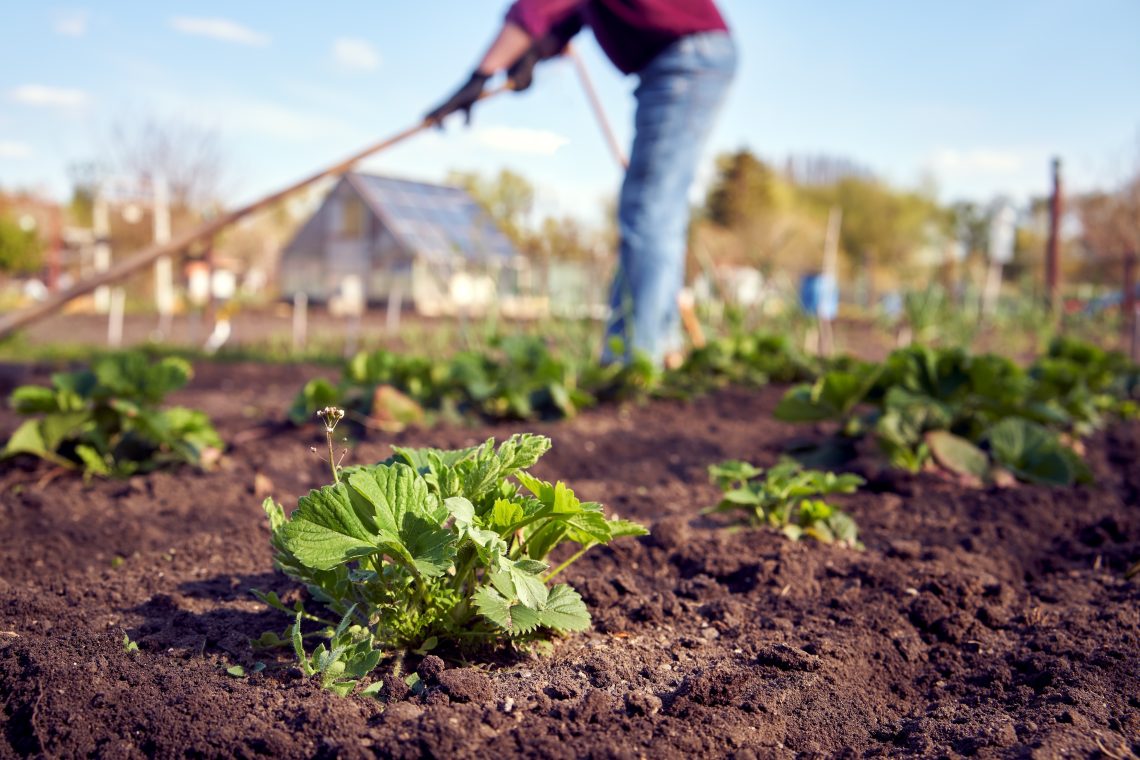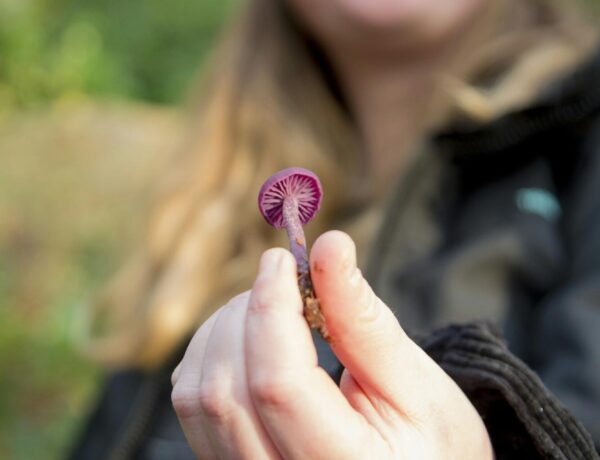Homesteading Essentials
Homesteading, once relegated to history books, is experiencing a revival in the modern era as more individuals and families seek a return to sustainable, self-sufficient living. The allure of cultivating your own food, raising livestock, and living off the land is undeniable. However, embarking on a homesteading journey requires careful planning and a solid roadmap. In this comprehensive guide, we will explore the essential steps to become a successful homesteader and embrace a lifestyle rooted in sustainability.
Finding the Right Property
The foundation of a successful homesteading journey begins with selecting the right piece of land. Several factors play a pivotal role in this decision. First and foremost is the location. It’s crucial to consider the accessibility of essential services and the climate of the region where you plan to establish your homestead. Additionally, assessing the quality of the soil is vital, as it directly impacts your gardening and farming endeavors. Finally, navigating local zoning laws and regulations is essential to ensure that your intended activities align with the legal framework.
Essential Skills and Knowledge
Becoming a successful homesteader hinges on a versatile skill set and an unquenchable thirst for knowledge. At the heart of homesteading lies self-sufficiency, demanding proficiency in various areas such as gardening, animal husbandry, food preservation, and more.
Gardening skills are essential for cultivating crops, ensuring a steady supply of fresh produce. Animal husbandry knowledge enables you to raise livestock for meat, dairy, and eggs, fostering self-sufficiency in food production. Skills in food preservation, including canning, drying, and fermenting, extend the availability of your harvest beyond the growing season.
Beyond these essentials, proficiency in woodworking and construction is vital for building shelters, barns, and infrastructure. Understanding alternative energy sources, like solar panels and rainwater harvesting, contributes to off-grid living, reducing reliance on external utilities.
Equipment and Machinery

Photo by on Pexels
In the world of homesteading, having the right equipment and machinery is essential to manage your land and resources efficiently. The first step involves identifying the tools and equipment necessary for your specific activities. For gardening, you’ll need basic tools like shovels, rakes, and hoes, alongside wheelbarrows for transporting soil. Larger gardens may require a tiller or tractor for soil preparation. If you need to get a tractor, make sure it’s equipped with all the necessary add-ons like a Top-N-Tilt, Quick Hitch, and a tractor sun shade.
If you’re raising livestock, feeding troughs, waterers, and proper fencing materials are essential, along with shelters for larger animals. For food preservation, consider canning equipment, food dehydrators, and fermenting crocks. Woodworking tools like saws, drills, and hammers become vital for construction and renovation projects.
Maintenance is key to ensuring your equipment’s longevity and efficient operation. Regular cleaning, lubrication, and sharp blade maintenance should be routine. Proper storage in a dry, sheltered space and periodic inspections help prevent issues. When acquiring equipment, options include purchasing new or used items, renting for specific tasks, collaborating with neighbors or local communities to share resources, and embracing resourcefulness through DIY solutions.
Sustainable Gardening and Farming
Sustainable gardening and farming practices form the backbone of successful homesteading. Embracing organic gardening practices prioritizes soil health, while crop selection and natural pest control methods optimize your harvests. These practices not only ensure a steady supply of fresh produce but also reduce the need for synthetic chemicals and promote eco-friendly farming.
Raising Livestock
Raising livestock is a cornerstone of homesteading, providing a valuable source of sustenance for your family. It’s essential to understand the various types of livestock and their care requirements to ensure a steady supply of meat, dairy, and eggs. Different types of livestock, such as chickens, cows, pigs, and goats, each have specific needs and benefits. For example, chickens are prolific egg layers, while cows can provide meat and milk. Goats are known for their versatility in producing milk, meat, and fiber.
Maintaining the welfare of your livestock and the land they inhabit is vital for sustainable homesteading. Practices like rotational grazing, where animals are moved to different pasture areas to prevent overgrazing, help preserve the health of the land. Responsible breeding strategies, which focus on genetic diversity and animal well-being, ensure the long-term sustainability of your livestock.
Off-Grid Living
Many homesteaders choose to live off the grid to reduce their reliance on traditional utilities and minimize their environmental footprint. Alternative energy sources like solar panels, wind turbines, and rainwater harvesting systems enable you to generate electricity sustainably and collect water for household use and irrigation. These practices not only reduce your ecological impact but also foster a sense of self-reliance and resource conservation.
Food Preservation and Storage
Preserving your harvest and effectively storing food are fundamental skills for successful homesteading. These practices not only extend the availability of your produce but also reduce waste and maximize your resources.
Traditional preservation methods like canning, drying, and fermenting are essential for homesteaders. Canning involves sealing food in jars and heating them to destroy bacteria, making fruits, vegetables, and meats last longer. Drying removes moisture from foods, preventing spoilage and preserving items like fruits, herbs, and jerky. Fermenting enhances the nutritional value and preservation of foods like sauerkraut, kimchi, and pickles.
After the preservation process, proper storage is vital to maintain the freshness and longevity of your harvest. Root cellars, underground storage spaces with regulated temperature and humidity, are ideal for root vegetables, canned goods, and dairy products. Efficient organization within root cellars maximizes space and accessibility. Quality food-grade containers protect grains, beans, and dried fruits from pests and spoilage.
Building and Infrastructure
Homesteading often involves constructing or renovating structures to support your self-sufficient lifestyle. Prioritizing sustainable construction practices and designing for energy efficiency and comfort are essential aspects of creating a harmonious living environment. Utilizing renewable building materials, such as reclaimed wood, not only reduces your environmental impact but also aligns with the principles of sustainable living.
Challenges and Pitfalls
Homesteading, while rewarding, presents unique challenges. These include coping with unpredictable weather and climate conditions, navigating a steep learning curve, and facing the potential for isolation. It’s essential to view these challenges as opportunities for personal growth and skill development. Seek support from homesteading communities and utilize online resources to find guidance and encouragement, helping you overcome the obstacles that come with the homesteading lifestyle.
Conclusion
In conclusion, homesteading is a journey that offers rewards beyond measure. With the right knowledge, skills, and determination, you can embrace sustainable living, reduce your environmental footprint, and enjoy the fruits of your labor. Whether you’re starting small with a backyard garden or embarking on a full-scale homestead, this roadmap will guide you toward a more self-sufficient and sustainable way of life.
Welcome to the world of homesteading—a journey of growth, self-reliance, and sustainable living. Your efforts in embracing this lifestyle will not only benefit you but also contribute to a more environmentally conscious and resilient future for all.
Read more home and garden articles at ClichéMag.com
Images provided by Deposit Photos, BingAI, Adobe Stock, Unsplash, Pexels, Pixabay & Creative Commons





